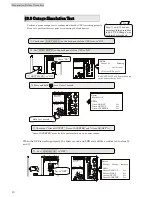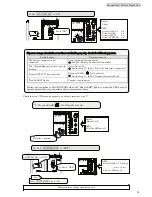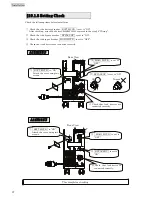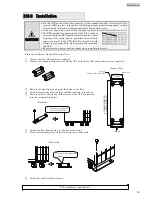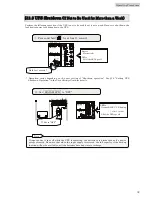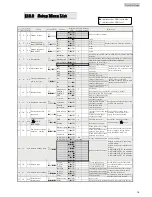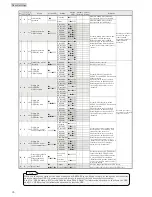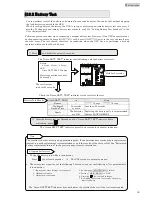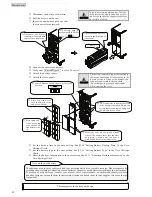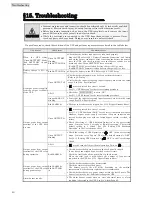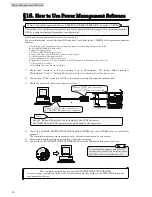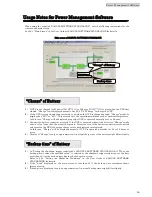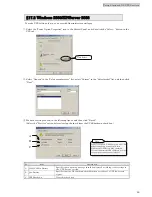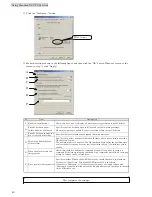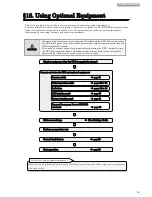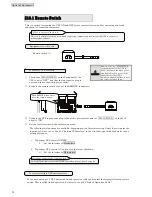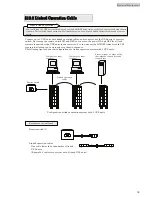
Maintenance
37
§
§
1
1
3
3
.
.
1
1
R
R
o
o
u
u
t
t
i
i
n
n
e
e
C
C
h
h
e
e
c
c
k
k
s
s
CAUTION
!
•
Be sure not to inspect the inside of the UPS. Doing so may result in
an electric shock, burn, injury, smoke, or fire.
•
Do not touch the fan on the back panel of the UPS when cleaning the
UPS or anywhere around the UPS. Doing so may result in an injury.
•
Do not use, for example, a wet cloth for cleaning. Doing so may result in an electric
shock.
•
When cleaning, do not connect a vacuum cleaner to the output terminals of the UPS.
Doing so may result in smoke or fire.
Routinely check the following items.
①
Is the control panel LED lighting state abnormal?
⇒
See §15 “Troubleshooting” to perform the countermeasure.
②
Is the buzzer sounding?
⇒
If any buzzer sounds, see §14 “Alarm Sounds” to perform the countermeasure.
③
Is the exterior of the UPS in any way damaged or deformed?
④
Is an unusual sound or odor emitted from the UPS?
⑤
Is the installation environment of the UPS suitable?
Are things like humidity and temperature within the specified ranges?
⇒
See §10.1.1 “Installation Environment Check”.
⑥
Has the specified amount of space been provided at the front and back of the UPS?
If the air intake or exhaust vent is blocked, the internal temperature of the UPS rises, which could
result in a damage of the UPS.
⇒
See §10.1.2 “Installation Space Check”.
⑦
Remove any dust or dirt adhering to the intake and exhaust vents.
Dust or dirt adhering to parts inside the UPS may cause it to malfunction.
⑧
Perform the battery backup time test periodically.
When the UPS is shipped from the factory, it is set up to perform an automatic battery test once
every 6 months. If you change the setting to “None”, periodically perform a manual battery backup
test. Refer to §13.2 “Battery Test”. Depending on the results of the test, exchange the battery.
Battery service life is affected by operating conditions such as ambient temperature and the
number of discharge cycles.
Ambient temperature has a particularly strong influence as indicated in the following table.
Average Ambient
Operating Temperature
Projected Service
Life
Battery Replacement
Interval
25°C (77°F)
5 years
4.5 years
30°C (86°F)
3.5 years
3 years
35°C (95°F)
2.5 years
2 years
40°C (104°F)
1.7 years
1.5 years
Using a battery after its service life has expired may result in battery leakage, and in the worse
case, smoke, and fire. Request that the battery be replaced early as a preventative measure.
Estimated battery replacement interval
Содержание A11H
Страница 1: ...Instruction Manual 120V Model 2kVA 3kVA Uninterruptible Power Supply M0008068...
Страница 70: ...Blank page...
Страница 71: ...Blank page...
Страница 72: ......

